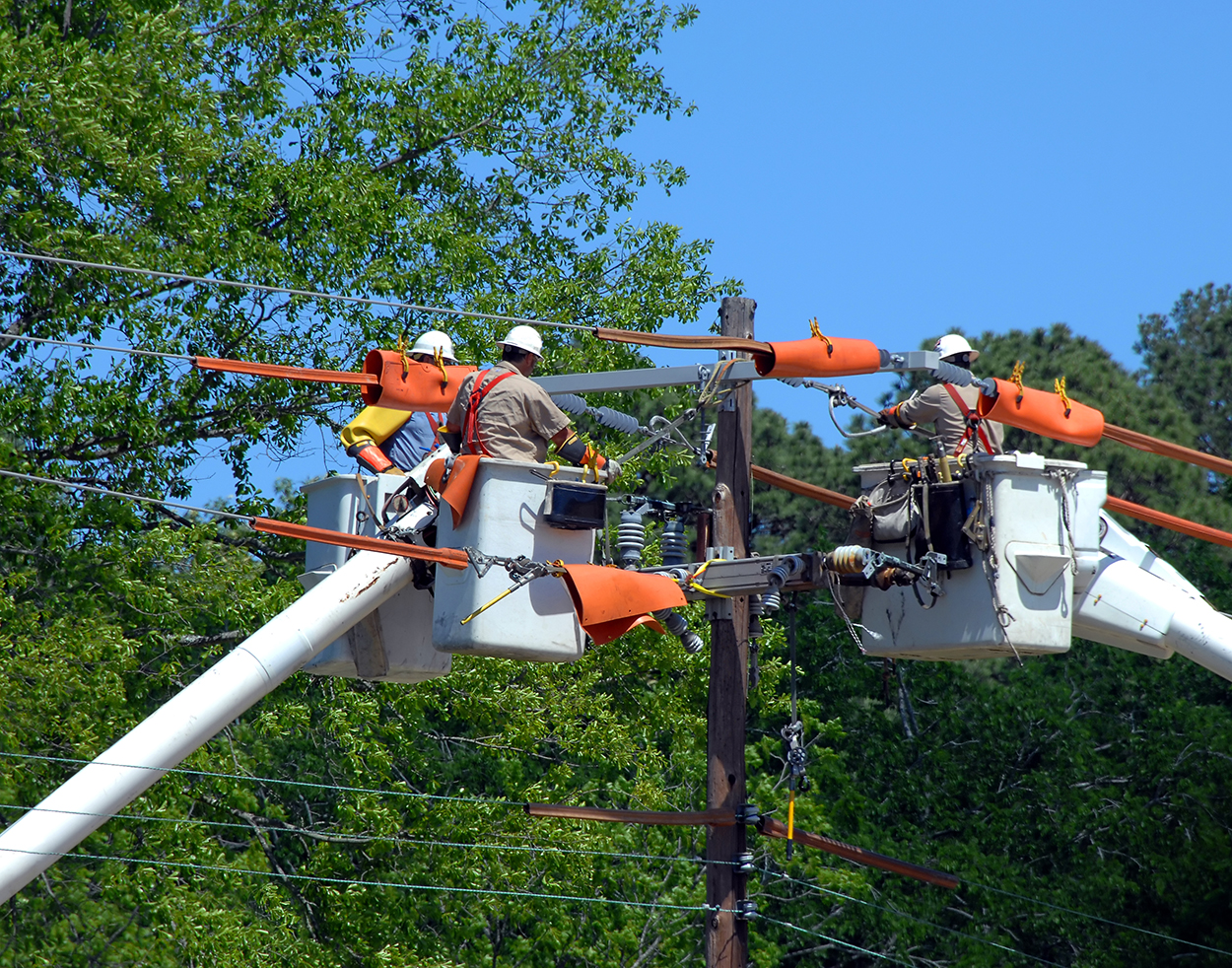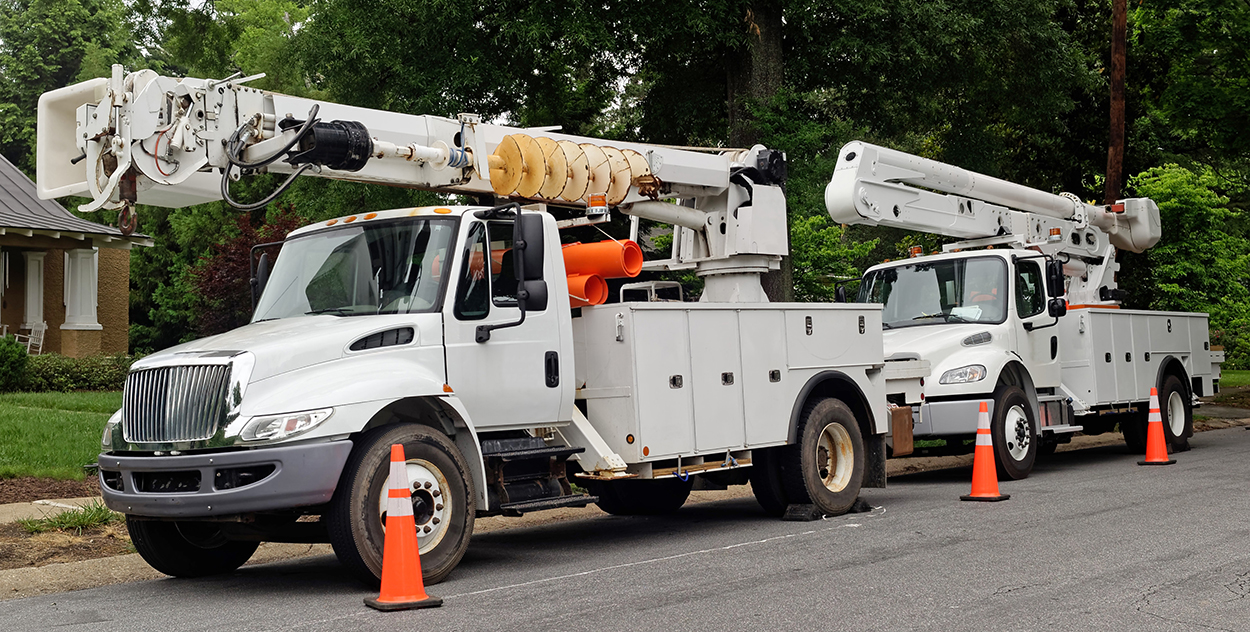Get A Free Legal Consultation
- We fight to maximize your results
- Many clients get results in as few as 90 days
- No out-of-pocket costs for you or your family






In the past, working for a phone company was a “dangerous” occupation — all because these workers were unknowingly exposed to asbestos, a microscopic fiber that can increase risk of the cancer mesothelioma.
Whether they were installers, equipment engineers, line technicians, construction workers, job supervisors or account reps, all telephone employees had the potential for possible inhalation of deadly asbestos fibers from products that were all too common to the phone industry.
Call (800) 326-8900 now to see if our asbestos attorneys can help your family secure compensation after a mesothelioma diagnosis. It costs nothing to speak with us.
To make matters worse, asbestos-containing fireproofing and insulation materials were often used as building materials. These central offices are large structures that contain multiple switching systems, transmission and signaling equipment, cable vaults, terminals, conduit lines, underground plants, switchboards and other equipment necessary to provide service to customers in nearby geographic areas. In addition to potential exposure to asbestos-containing building materials, phone company staff working in central offices were subject to asbestos exposure from a variety of materials specific to their industry, including:




When the average American thinks of someone who works for a phone company, they may not associate them with health risks that could lead to a deadly disease. Working for a phone company may not be commonly thought of as a “dangerous” occupation. In the past, however, it very much was – all because these workers were unknowingly exposed to a microscopic, toxic fiber that could increase risk of a fatal cancer called mesothelioma.
Regardless of whether they were installers, equipment engineers, line technicians, construction workers, job supervisors or account reps, all telephone employees had the potential for possible inhalation of deadly fibers from products that were all too common to the phone industry.
Installation activities on customer property could lead to serious potential for asbestos exposure since the presence or absence of asbestos in various buildings or residences on walls, in ceilings and around pipes was frequently unknown. At that time, even though the dangers of asbestos were well-known in the medical and scientific communities, they were not often discussed with the general public. Working around the following materials was especially hazardous for phone company personnel: